

Pride in Performance
Research and Development to Meet Grower's Needs
Through biotechnology research, the cotton pipeline seeks to provide benefits to the grower through herbicide tolerance, insect protection and tolerance to environmental stress. Our breeding research in cotton strives to develop and deliver through yield, fiber quality and tolerance to environmental stress.

Turning Grower Feedback Into Game-Changing Varieties
100 Years of Breeding Innovation
For over 100 years, Deltapine® brand has bred varieties that offer strong yield potential and fiber quality. Experience our long heritage of investing in the future of cotton.
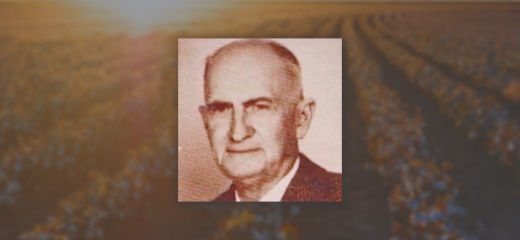
1915 - The Founding Fathers
With the arrival of Dr. Early Ewing Sr., Delta and Pine Land Company initiates its cotton variety breeding and development business.
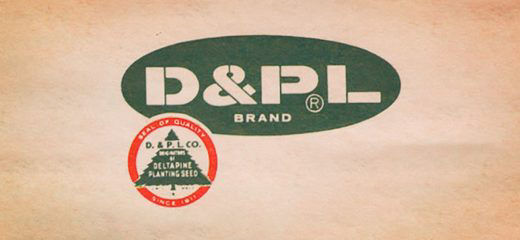
1923 - The First of Many
DPL 4 is made available for commercial planting and becomes the company's first notable cotton variety.

1941 - Breaking New Ground
Deltapine® 14 yields 737 pounds per acre, setting a new U.S. record.

1957 - Moving With Mechanization
Rapid adoption of mechanized harvest calls for improved varieties. Deltapine® smooth-leaf is commercialized and improves grades of mechanically harvested cotton and commands 25% of U.S. cotton acreage by 1963.
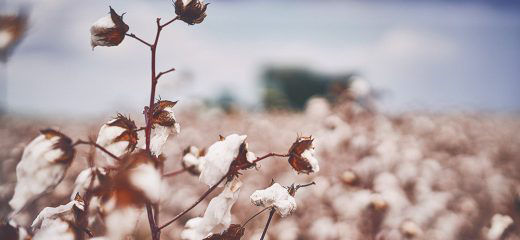
1968 - A New Favorite
Improved disease resistance and better fiber quality make Deltapine® 16 the most popular variety in the U.S. It's planted on 23% of the acres by 1969 and on 28% by 1972.
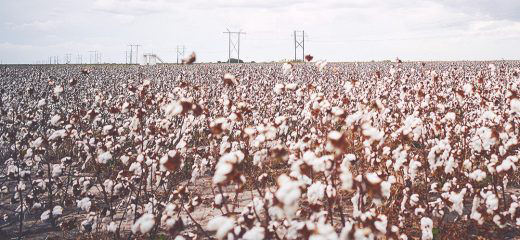
1982 - Parental Germ Progeny
Deltapine® Acala 90 cotton variety quickly gains market share because of proven adaptability and premium fiber quality. Acala 90 is used as the parental germ in the development of many varieties in the U.S. and internationally.
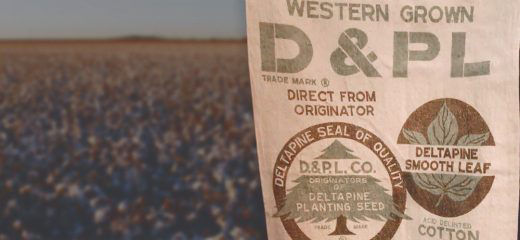
1985 - The Big 5-0
Deltapine® 50 is released for planting. With consistent high-end performance, this variety is one of the most popular, planted on more than 12% of upland acres in the U.S. by 1993.
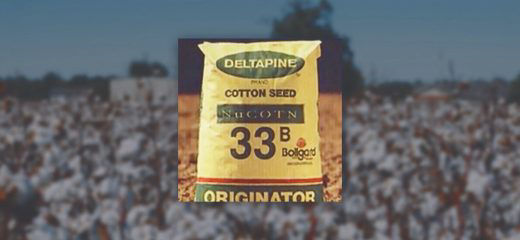
1996 - First of Its Kind
The first cotton genetically engineered to be resistant to bollworms, called Bollgard®, is commercialized in Deltapine® varieties NuCotn 33B and NuCotn 35B.
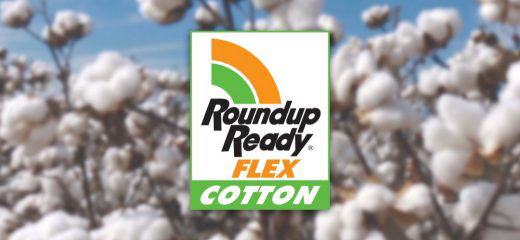
1997 - Roundup Ready® Changes Farming
The first Deltapine® Roundup Ready® cotton varieties are commercialized for planting.
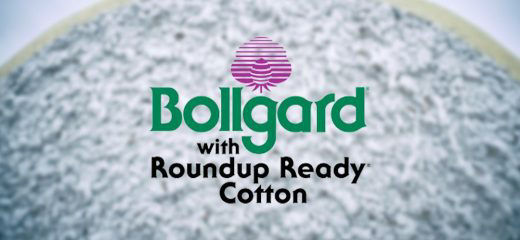
1998 - The First Stack
The first Deltapine® Bollgard® with Roundup Ready® stacked-gene cotton varieties are commercialized.
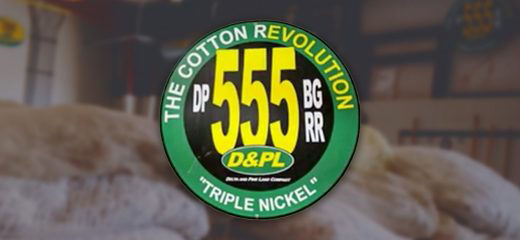
2003 - "Triple Nickel"
DP 555 BGRR, or “triple nickel,” becomes the best-selling cotton variety in the U.S. because of its superior yield potential.
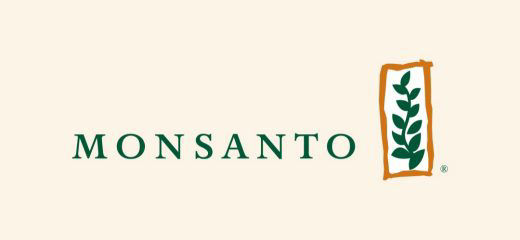
2007 - Under New Management
D&PL is purchased by Monsanto, which adds the Deltapine® cotton seed line to its portfolio of seed platforms.
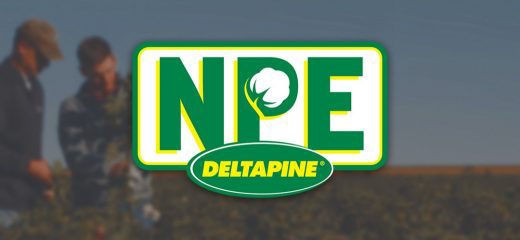
2008 - A New Partnership: NPE Program Initiates
The Deltapine New Product Evaluator (NPE) Program is created to put leading cotton growers at the center of Deltapine® germplasm evaluation. NPE evaluation has assisted in rapid identification of new Deltapine varieties that meet grower production expectations for all regions of the Cotton Belt.

2008 - Testing the Limited Waters
Monsanto begins extensive water utilization trials with its Deltapine® cotton varieties to improve production in low water scenarios.
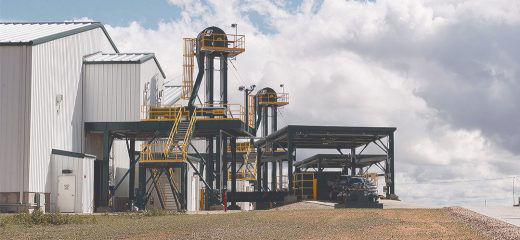
2010 - Lubbock Research Megasite Opens
Everything is bigger in Texas. Monsanto Texas Cotton Breeding and Technology Center opens in Lubbock. The $10.5 million investment helps Deltapine develop better varieties bred for Texas.
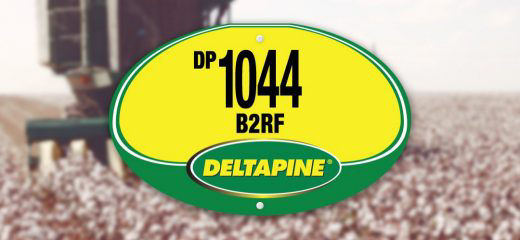
2012 - Texas State Champion
Because of its water-use efficiency and performance on dryland and limited water fields, the Deltapine® variety DP 1044 B2RF (introduced in 2010) becomes the number one planted cotton variety in the state of Texas in 2012, and remains on top for 2013-2014.
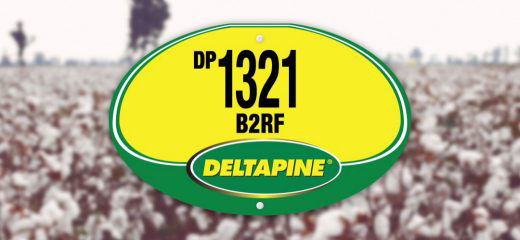
2013 - Cream of the Cotton Crop
At one Mississippi gin, DP 1321 B2RF turns out bales with near-perfect quality grades, attracting attention from media, cotton buyers and the entire industry, showcasing fiber quality advancements alongside yield potential.
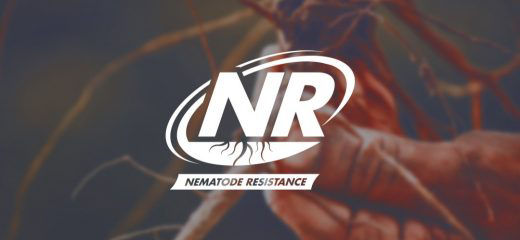
2014 - New Tools to Fight Nematodes
Deltapine commercializes its first cotton variety bred for resistance to root-knot nematodes. The variety, DP 1454NR B2RF, is the first in a series of resistant varieties.

2015 - The Evolution of Roundup Ready®
The first Deltapine® Bollgard II® XtendFlex® cotton varieties are scheduled to be available for commercial planting, offering insect protection and the industry's first three-way herbicide-tolerant stack.
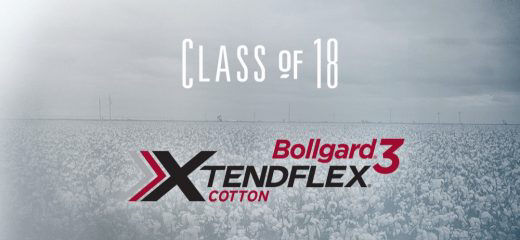
2017 - Deltapine Class of 18 Variety Candidates
This year's New Product Evaluator (NPE) Program portfolio includes seven cotton variety candidates with Bollgard® 3 XtendFlex® technology. These candidates have regional fits spanning from Arizona to Carolinas, with maturities ranging from early, mid to full. Each variety is being evaluated for commercial launch and could be available to growers in 2018.

2018 - Bayer Purchases Monsanto
Together with our leadership in breeding, biotechnology, chemistry, biologicals and data science, this partnership allows us to unlock new potential and provide our customers with tailored solutions uniquely designed to solve grower challenges.

1915 - The Founding Fathers
With the arrival of Dr. Early Ewing Sr., Delta and Pine Land Company initiates its cotton variety breeding and development business.

1923 - The First of Many
DPL 4 is made available for commercial planting and becomes the company's first notable cotton variety.

1941 - Breaking New Ground
Deltapine® 14 yields 737 pounds per acre, setting a new U.S. record.

1957 - Moving With Mechanization
Rapid adoption of mechanized harvest calls for improved varieties. Deltapine® smooth-leaf is commercialized and improves grades of mechanically harvested cotton and commands 25% of U.S. cotton acreage by 1963.

1968 - A New Favorite
Improved disease resistance and better fiber quality make Deltapine® 16 the most popular variety in the U.S. It's planted on 23% of the acres by 1969 and on 28% by 1972.

1982 - Parental Germ Progeny
Deltapine® Acala 90 cotton variety quickly gains market share because of proven adaptability and premium fiber quality. Acala 90 is used as the parental germ in the development of many varieties in the U.S. and internationally.

1985 - The Big 5-0
Deltapine® 50 is released for planting. With consistent high-end performance, this variety is one of the most popular, planted on more than 12% of upland acres in the U.S. by 1993.

1996 - First of Its Kind
The first cotton genetically engineered to be resistant to bollworms, called Bollgard®, is commercialized in Deltapine® varieties NuCotn 33B and NuCotn 35B.

1997 - Roundup Ready® Changes Farming
The first Deltapine® Roundup Ready® cotton varieties are commercialized for planting.

1998 - The First Stack
The first Deltapine® Bollgard® with Roundup Ready® stacked-gene cotton varieties are commercialized.

2003 - "Triple Nickel"
DP 555 BGRR, or “triple nickel,” becomes the best-selling cotton variety in the U.S. because of its superior yield potential.

2007 - Under New Management
D&PL is purchased by Monsanto, which adds the Deltapine® cotton seed line to its portfolio of seed platforms.

2008 - A New Partnership: NPE Program Initiates
The Deltapine New Product Evaluator (NPE) Program is created to put leading cotton growers at the center of Deltapine® germplasm evaluation. NPE evaluation has assisted in rapid identification of new Deltapine varieties that meet grower production expectations for all regions of the Cotton Belt.

2008 - Testing the Limited Waters
Monsanto begins extensive water utilization trials with its Deltapine® cotton varieties to improve production in low water scenarios.

2010 - Lubbock Research Megasite Opens
Everything is bigger in Texas. Monsanto Texas Cotton Breeding and Technology Center opens in Lubbock. The $10.5 million investment helps Deltapine develop better varieties bred for Texas.

2012 - Texas State Champion
Because of its water-use efficiency and performance on dryland and limited water fields, the Deltapine® variety DP 1044 B2RF (introduced in 2010) becomes the number one planted cotton variety in the state of Texas in 2012, and remains on top for 2013-2014.

2013 - Cream of the Cotton Crop
At one Mississippi gin, DP 1321 B2RF turns out bales with near-perfect quality grades, attracting attention from media, cotton buyers and the entire industry, showcasing fiber quality advancements alongside yield potential.

2014 - New Tools to Fight Nematodes
Deltapine commercializes its first cotton variety bred for resistance to root-knot nematodes. The variety, DP 1454NR B2RF, is the first in a series of resistant varieties.

2015 - The Evolution of Roundup Ready®
The first Deltapine® Bollgard II® XtendFlex® cotton varieties are scheduled to be available for commercial planting, offering insect protection and the industry's first three-way herbicide-tolerant stack.

2017 - Deltapine Class of 18 Variety Candidates
This year's New Product Evaluator (NPE) Program portfolio includes seven cotton variety candidates with Bollgard® 3 XtendFlex® technology. These candidates have regional fits spanning from Arizona to Carolinas, with maturities ranging from early, mid to full. Each variety is being evaluated for commercial launch and could be available to growers in 2018.

2018 - Bayer Purchases Monsanto
Together with our leadership in breeding, biotechnology, chemistry, biologicals and data science, this partnership allows us to unlock new potential and provide our customers with tailored solutions uniquely designed to solve grower challenges.

1915 - The Founding Fathers
With the arrival of Dr. Early Ewing Sr., Delta and Pine Land Company initiates its cotton variety breeding and development business.

1923 - The First of Many
DPL 4 is made available for commercial planting and becomes the company's first notable cotton variety.

1941 - Breaking New Ground
Deltapine® 14 yields 737 pounds per acre, setting a new U.S. record.

1957 - Moving With Mechanization
Rapid adoption of mechanized harvest calls for improved varieties. Deltapine® smooth-leaf is commercialized and improves grades of mechanically harvested cotton and commands 25% of U.S. cotton acreage by 1963.

1968 - A New Favorite
Improved disease resistance and better fiber quality make Deltapine® 16 the most popular variety in the U.S. It's planted on 23% of the acres by 1969 and on 28% by 1972.

1982 - Parental Germ Progeny
Deltapine® Acala 90 cotton variety quickly gains market share because of proven adaptability and premium fiber quality. Acala 90 is used as the parental germ in the development of many varieties in the U.S. and internationally.

1985 - The Big 5-0
Deltapine® 50 is released for planting. With consistent high-end performance, this variety is one of the most popular, planted on more than 12% of upland acres in the U.S. by 1993.

1996 - First of Its Kind
The first cotton genetically engineered to be resistant to bollworms, called Bollgard®, is commercialized in Deltapine® varieties NuCotn 33B and NuCotn 35B.

1997 - Roundup Ready® Changes Farming
The first Deltapine® Roundup Ready® cotton varieties are commercialized for planting.

1998 - The First Stack
The first Deltapine® Bollgard® with Roundup Ready® stacked-gene cotton varieties are commercialized.

2003 - "Triple Nickel"
DP 555 BGRR, or “triple nickel,” becomes the best-selling cotton variety in the U.S. because of its superior yield potential.

2007 - Under New Management
D&PL is purchased by Monsanto, which adds the Deltapine® cotton seed line to its portfolio of seed platforms.

2008 - A New Partnership: NPE Program Initiates
The Deltapine New Product Evaluator (NPE) Program is created to put leading cotton growers at the center of Deltapine® germplasm evaluation. NPE evaluation has assisted in rapid identification of new Deltapine varieties that meet grower production expectations for all regions of the Cotton Belt.

2008 - Testing the Limited Waters
Monsanto begins extensive water utilization trials with its Deltapine® cotton varieties to improve production in low water scenarios.

2010 - Lubbock Research Megasite Opens
Everything is bigger in Texas. Monsanto Texas Cotton Breeding and Technology Center opens in Lubbock. The $10.5 million investment helps Deltapine develop better varieties bred for Texas.

2012 - Texas State Champion
Because of its water-use efficiency and performance on dryland and limited water fields, the Deltapine® variety DP 1044 B2RF (introduced in 2010) becomes the number one planted cotton variety in the state of Texas in 2012, and remains on top for 2013-2014.

2013 - Cream of the Cotton Crop
At one Mississippi gin, DP 1321 B2RF turns out bales with near-perfect quality grades, attracting attention from media, cotton buyers and the entire industry, showcasing fiber quality advancements alongside yield potential.

2014 - New Tools to Fight Nematodes
Deltapine commercializes its first cotton variety bred for resistance to root-knot nematodes. The variety, DP 1454NR B2RF, is the first in a series of resistant varieties.

2015 - The Evolution of Roundup Ready®
The first Deltapine® Bollgard II® XtendFlex® cotton varieties are scheduled to be available for commercial planting, offering insect protection and the industry's first three-way herbicide-tolerant stack.

2017 - Deltapine Class of 18 Variety Candidates
This year's New Product Evaluator (NPE) Program portfolio includes seven cotton variety candidates with Bollgard® 3 XtendFlex® technology. These candidates have regional fits spanning from Arizona to Carolinas, with maturities ranging from early, mid to full. Each variety is being evaluated for commercial launch and could be available to growers in 2018.

2018 - Bayer Purchases Monsanto
Together with our leadership in breeding, biotechnology, chemistry, biologicals and data science, this partnership allows us to unlock new potential and provide our customers with tailored solutions uniquely designed to solve grower challenges.